Catnip magically attracts many sexually mature cats!
What effect does this plant have and why are cats so turned on by catnip?
WIt’s like a frenzy! Cats roll ecstatically around a catnip cushion, rub up against it; others love to eat it. Is catnip cannabis for cats? What makes this herb so seductive that our felines freak out? What’s in it? Is it potentially dangerous for our furry friends and should they avoid consuming too much of it?
Catnip – today we put this bewitching plant under the microscope: from stem to flower!
What is catnip?
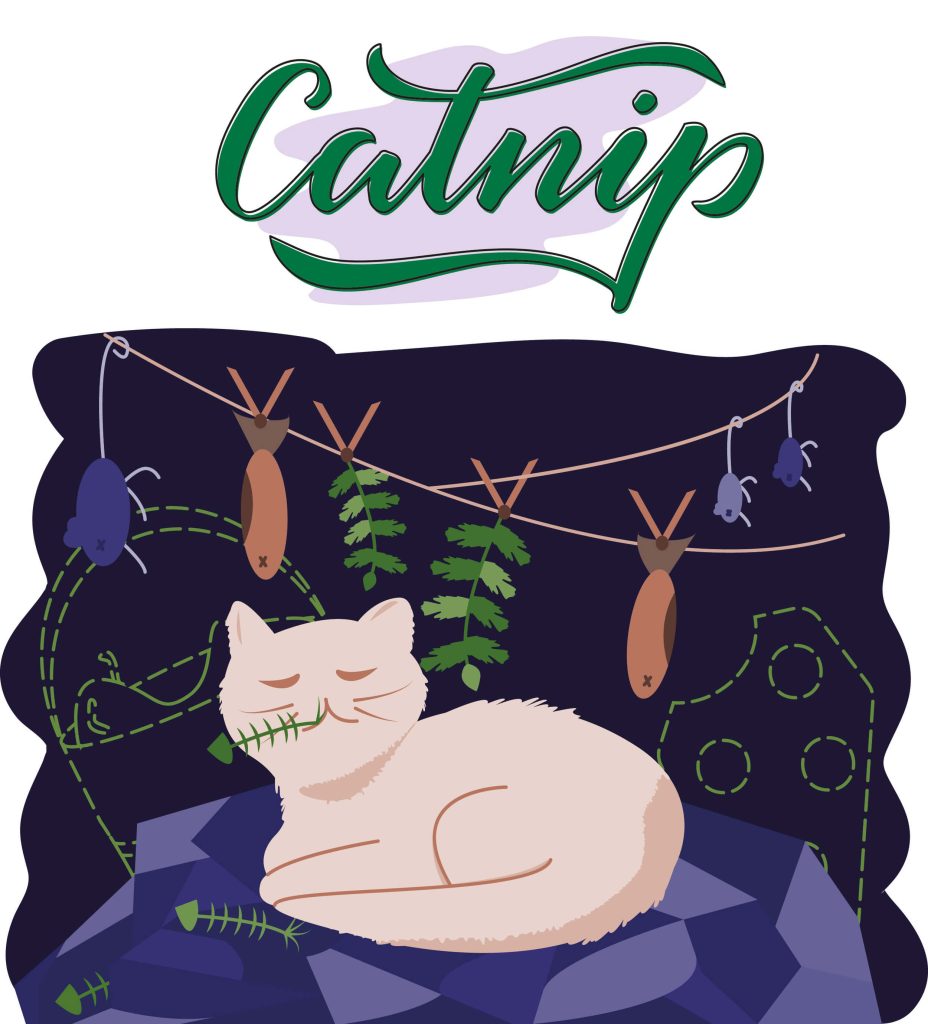
What is the mysterious herb catnip? “Real catnip” (Nepeta cataria), or “cat balm”, “cat herb”, is a perennial plant that flowers blue, pink, purple or white from July to August and can grow up to one and a half metres high. Its hairy stems are hollow, and its soft leaves have serrated edges. This wild plant has a refreshing scent and delicious teas can be brewed from its leaves. Cats, however, are attracted to two specific elements of catnip: actinidine and nepetalactone. These are the substances that kitties dream of. The essential organic compounds that stimulate our furry nosed friends.
Origin of catnip
Catnip originated in the south of Europe. This perennial was planted and grown for its spices and healing qualities. In monasteries, catnip leaves were used to make tea mixtures for the relief of colds and intestinal diseases. It made its way over garden walls and eventually spread throughout Europe by growing in the wild. It eventually reached America and Asia by sea, displacing native plants.
And it’s not only for cats! Real catnip is also good for you! Just try it out.
This is how you prepare a cup of catnip tea:
- Pour boiling water over two teaspoons of chopped catnip leaves.
- leave to infuse for 10 minutes
- strain the chopped catnip
- Allow the catnip tea to cool slightly and enjoy.
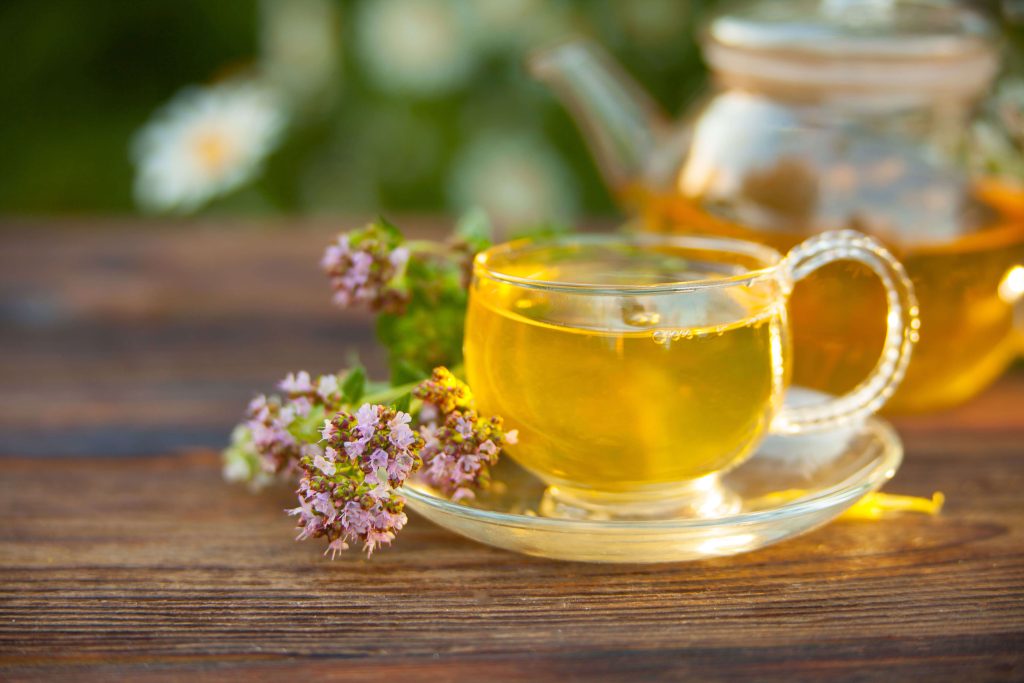
Catnip appearance
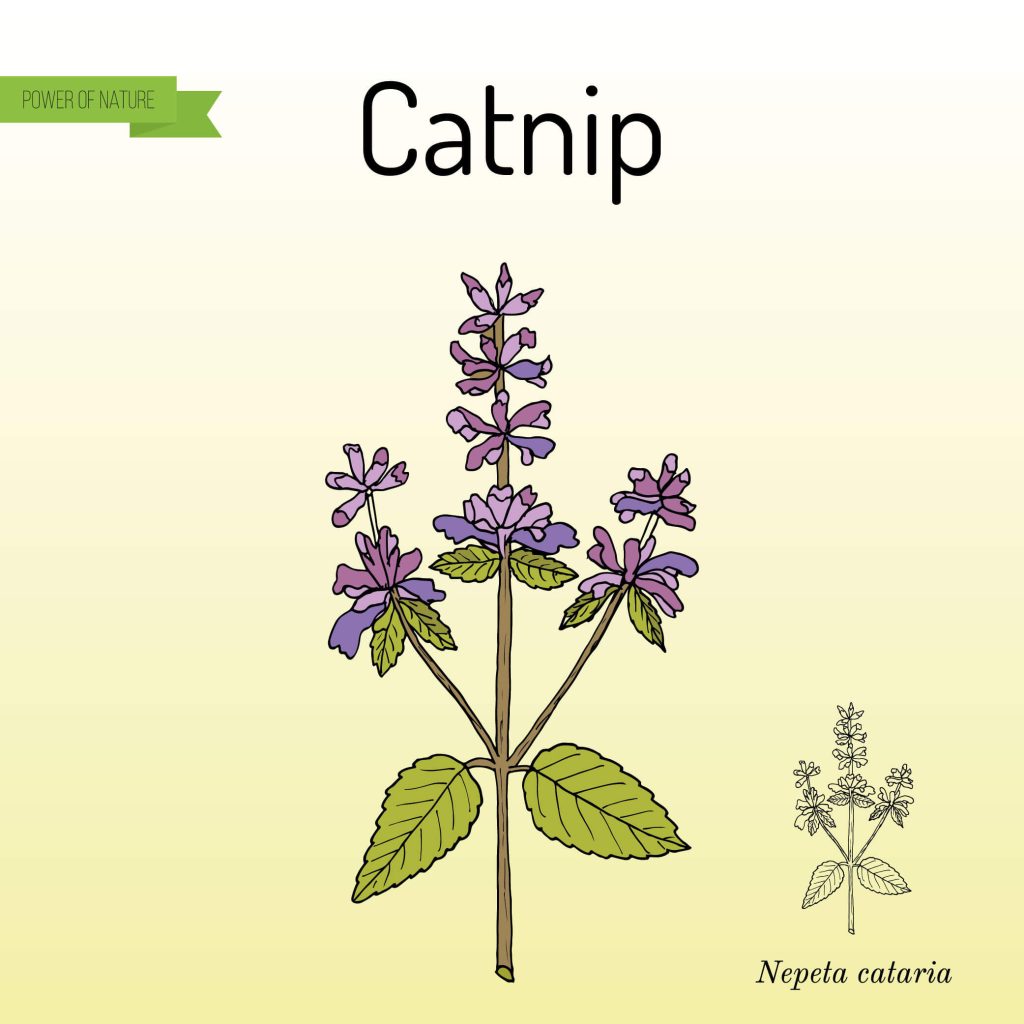
What does catnip look like? The plant is a real magnet in its summer flowering splendour. It not only attracts our furry friends, but also swarms of bees! Because these buzzy busybodies find it so attractive, catnip is also called “bee pasture”. Butterflies and bumblebees also like to feast on its pollen. Many gardeners like to decorate their beds with it, because as a companion plant, it protects other shrubs or flowers in the bed from unwelcome pests.
Is catnip harmful to cats?
It’s nice when cats truly relax. But is consuming catnip potentially harmful for cats? Catnip craving: can cats get addicted? Could you end up with a catnip junkie in your living room? You can rest easy because the answer is no! Many fun-loving felines love catnip, but the herb is not addictive! Excessive consumption of catnip can possibly lead to stomach and intestinal discomfort for your cat – so it’s better not to offer too much too often as food or a snack!
Is catnip poisonous?
Catnip is not poisonous. But, there are some cats for whom the herb has a stronger or different effect than desired. Play it safe with your dose: less is more! Don’t use too much catnip every day. Keep an eye on your puss. Cats sometimes nibble on plants. Catnip is not a poisonous plant, but you should keep it out of your cat’s reach to avoid constant chewing.
Is catnip edible?
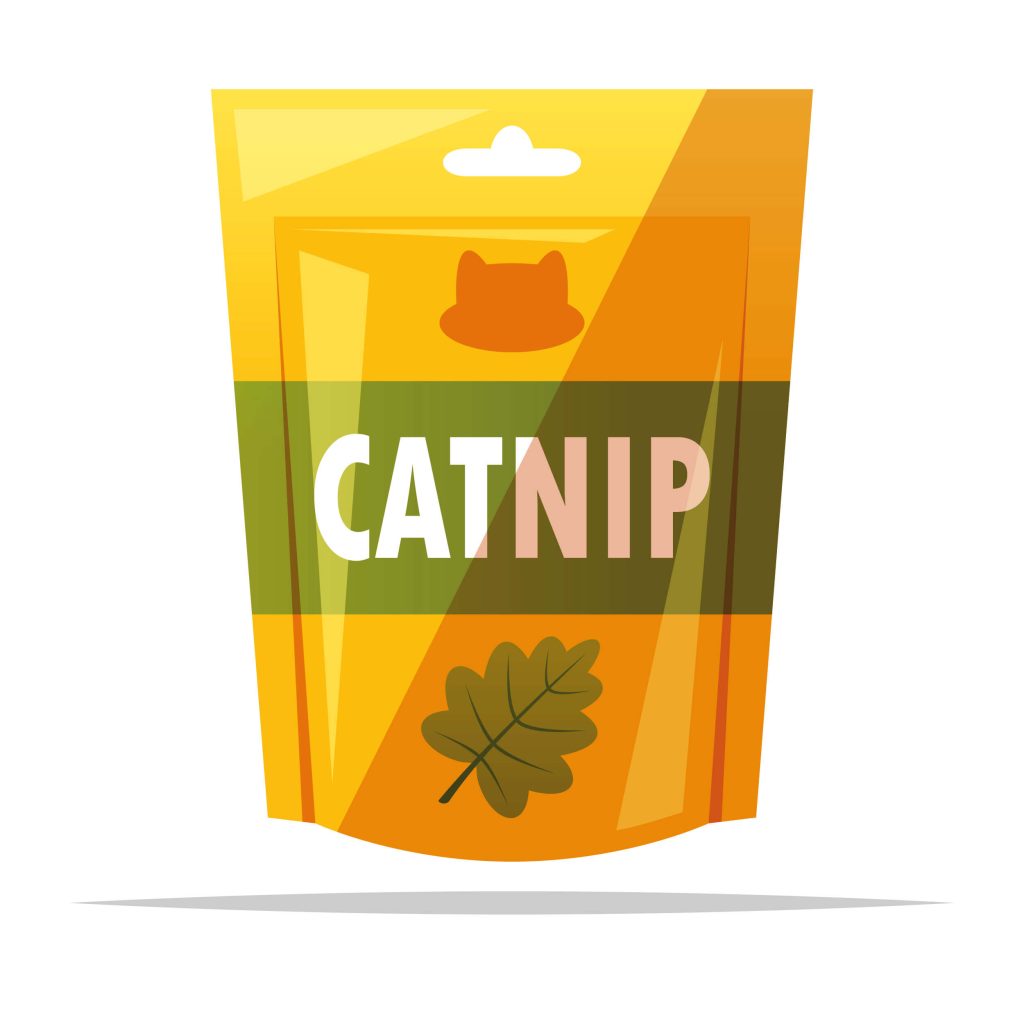
Catnip is edible for humans and animals. For cats, catnip is available as an additive in food or snacks. But this cat-favoured herb can also provide a touch of variety in our cuisine. It can be used in many ways as a medicinal and seasoning agent. The flowers and leaves of this perennial plant are not only healthy but also tasty. Its slightly minty and balmy aroma adds a fresh touch to drinks and salads! The colourful flowers of catnip can round off a tasty meal as edible decoration.
The effect of catnip on cats
Lovingly rolling a little catnip cushion back and forth between playful paws, licking it all over, nibbling then rubbing up against it with furry cheeks. It’s as though your kitty wants to become completely entwined with this curious catnip thing. Ecstasy is usually followed by a glassy-eyed daze: intoxication can be exhausting! The consequences of catnip can range from casual relaxing to energetic stunts, depending on the cat, the dose and the way it is given.
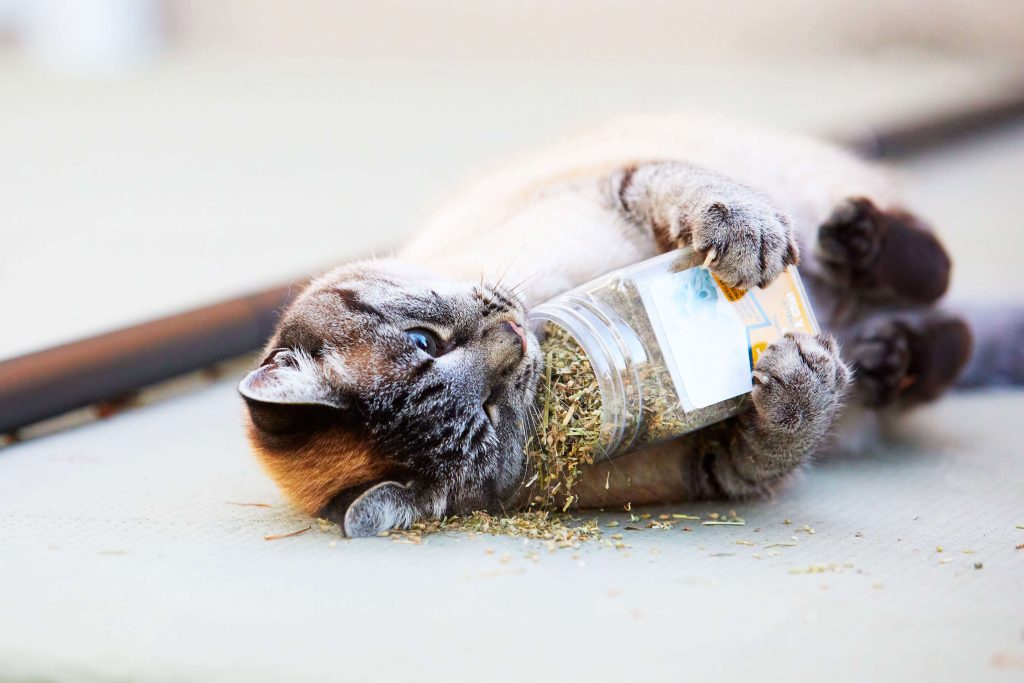
Catnip works differently on each cat
The effects of catnip vary greatly and depend mainly on the cat. While one cat can act in a surreal way, others have a less dramatic reaction. Each cat is individual with its own personality, which is also reflected in its body language, That means there are no universally observed effects, just some similar scenarios….
Do cats prefer to smell or eat catnip?
The effect depends on the way you give catnip. Cats that sniff catnip tend to become hyper energetic; cats that have eaten some of it become euphoric. But not all cats are the same! If you are still unsure whether smelling or eating is better for your cat, ask your vet. She or he knows your cat and can best assess and recommend which products can be used and when.
Catnip ingredients
What is it about catnip that attracts cats? Like valerian and a certain type of ant, catnip contains actinidine and nepetalactone, ingredients that have different effects. It depends on who is sniffing the catnip! In sexually mature cats, these substances are particularly attractive because they resemble pheromones. Birds and arthropods, however, take fright: The plant uses these substances to scare off troublemakers.
What can catnip be used for?
You can use catnip to calm your cat, get it used to something or to train it. For example, is the new scratching board waiting to be abused? How do you get your cat to like it? Catnip can make it that bit more desirable! If you have a lounge lion at home, you will also be confronted with completely different challenges every day. Depending on what you have in mind, you can use catnip in food or as a scent – like a floral assistant – to make life a little nicer for you and your kitty:
Cat food

You want to get your kitty used to a different cat food? You can use catnip to make the new food more palatable by rubbing a little oil into the bowl or adding a little ground catnip powder to the food. There are also some foods that come with a small amount of catnip. Whether your kitty will respond to this will vary, because every cat has its own preferences and tastes.
Familiarisation
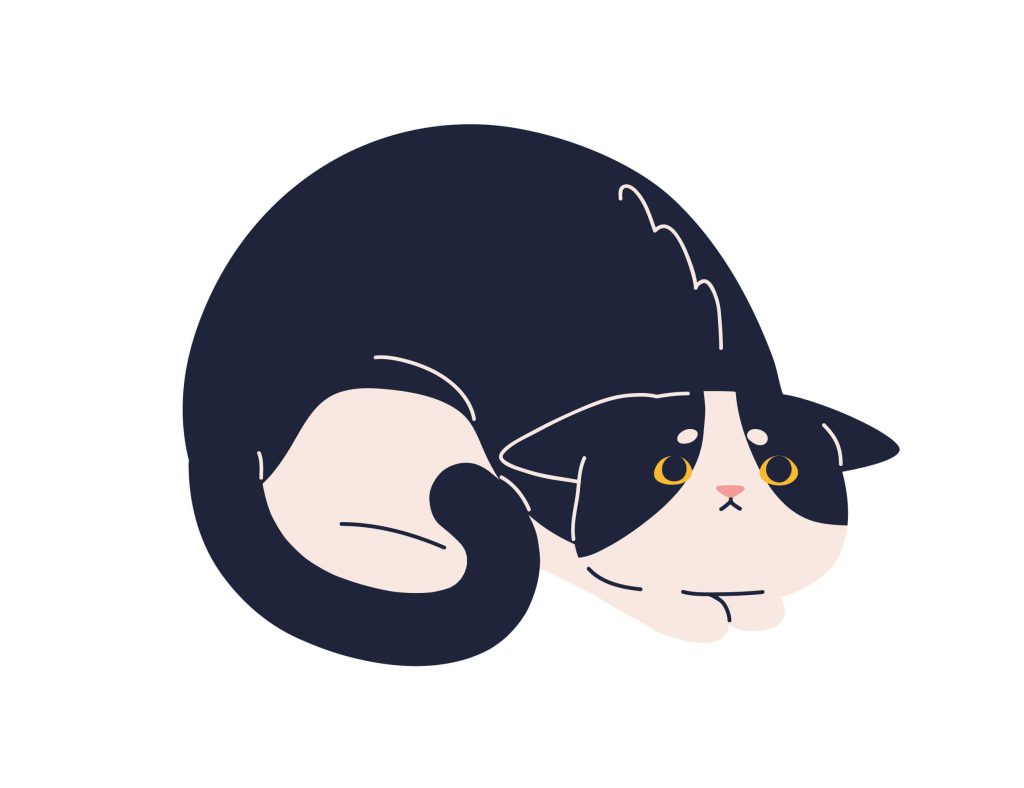
Your cat appreciates a well-kept, quiet environment. She loves rituals and her daily routine. Some fussy felines react sensitively to any changes, which can mildly or greatly irritate your precious puss. Certain situations can make a cat anxious. Catnip can help your kitty relax and adjust to new circumstances more quickly.
Move
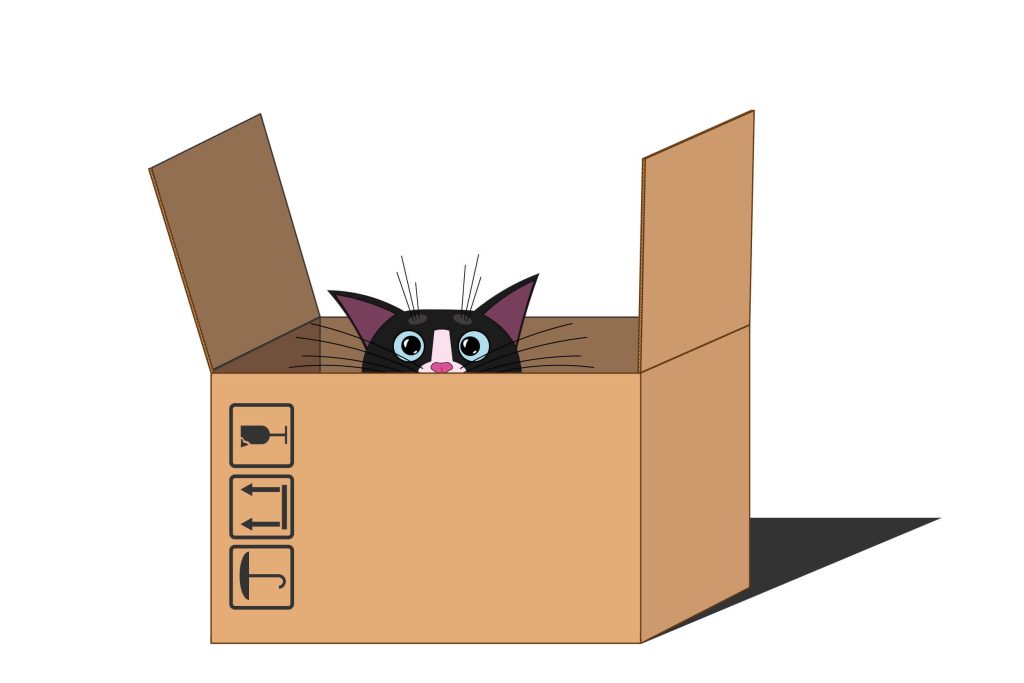
Ideally, your kitty can always live and be looked after in her familiar home environment. Here she feels safe and secure. But sometimes, this just isn’t possible. If you have to move, your cat has to get used to a completely new environment. Make it easier for your furry friend and sprinkle some dried catnip or spray a little around her new home. Then she will immediately feel a little more comfortable and at ease.
Travel

Travelling means stress for your cat. Cats have adapted perfectly to us, but we have never really domesticated them. These inherent hunters are equipped with sensitive and highly developed senses. Imagine yourself as a cat, having to spend time locked up in a small travelling box. Everything around you is loud and scary. Would you like it? If there is an appealing smell of catnip in the box and on your own cat blanket inside, it would be easier to go inside and travel in a more relaxed state.
Socialisation
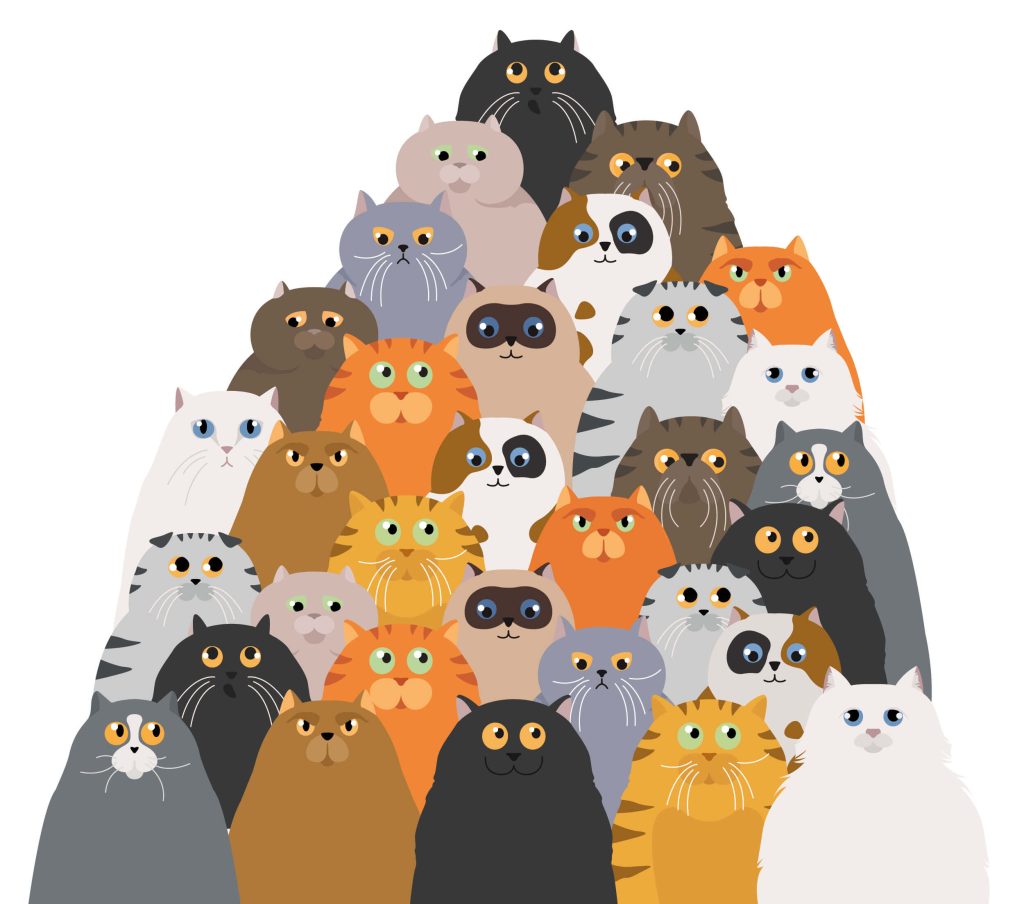
“Outgoing, sociable house cat seeks roommate!” – Is that possible or is stress pre-programmed by nature? If you want to socialise your cat, you should plan the reunion carefully. In any case, it is advisable to separate the animals at the beginning and get them used to each other bit by bit. The calming scent of catnip spray can help two cats to get to know each other more harmoniously.
Cat toy with catnip
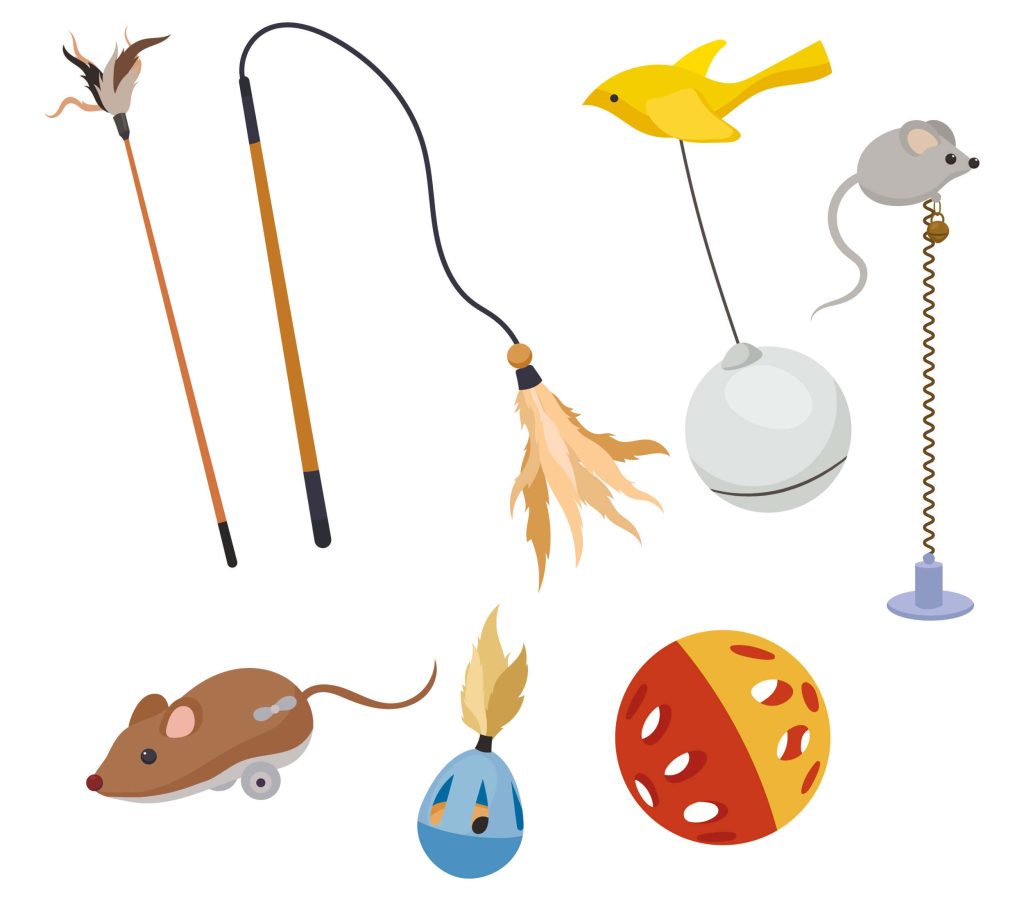
Letting off steam. You want to encourage your cat’s playful instincts and make your own catnip toys? Here are some great ideas that will be fun for your cat along with instructions to follow. Catnip can stimulate our furry friends with its scent. Simply fill socks, cushions, toy mice or balls with catnip or spray old toys with catnip spray from time to time – and off you go!
TIP:
It’s better to offer catnip sparingly – preferably only once a week;
That’s because even the best thing in the world becomes boring if it’s always available!
Different ways to buy catnip
You want to buy catnip? Pet shops offer catnip as a dedicated product for cats in different dosage forms and varieties. For example:
- Catnip oil
- Catnip spray
- Dried and cut catnip
- Dried and powdered catnip
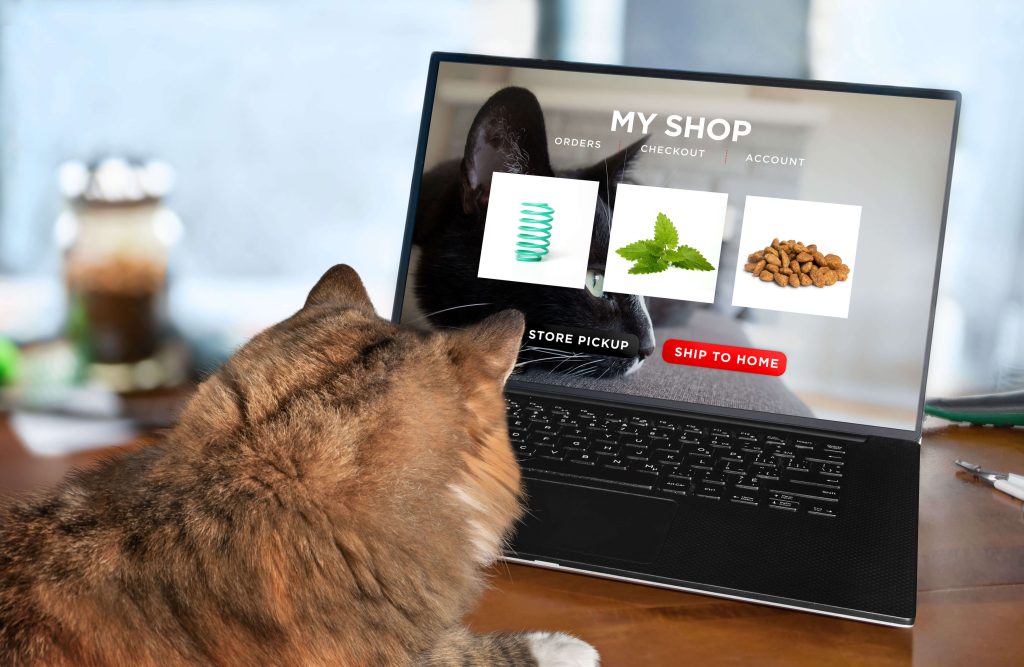
Depending on what you have in mind, one or other form of catnip is suitable.
Catnip spray
Catnip spray contains water, essential oils if necessary and, as catnip as its main ingredient. As a spray, catnip is great for spraying around the living area or on things that belong to your kitty, such as cat furniture or toys.
TIP:
Always distribute spray products sparingly and test the scent in small areas in advance. Otherwise this can quickly lead to catnip overfload for you and your cat!
Dried catnip
In dried form, you can use catnip as a topping or stuffing. Some cats love a touch of dried catnip in their food. Or you can make a new toy for your kitty and fill it with chopped catnip.
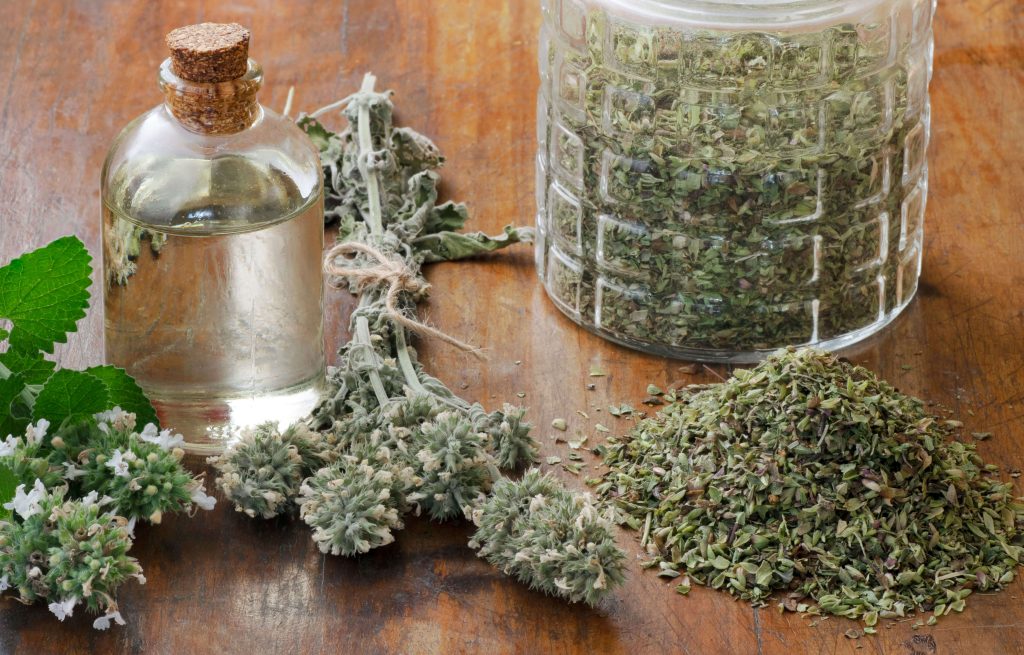
Catnip varieties
Not all catnip is the same. There is not just one species, but many different varieties that differ from each other. Appearance, height, colour, flower shape and stem may vary. Here are the TOP 10 catnip varieties that gardeners and cats like best:
- „Blue Danube“ (Nepeta grandiflora)
- „Dawn to Dusk” (Nepeta grandiflora)
- „Dropmore“ (Nepeta x faassenii)
- „Real Catnip“ (Nepeta cataria)
- „Glacier Ice“ (Nepeta x faassenii)
- „Grog“ (Nepeta racemose)
- „Odeur Citron“ (Nepeta racemose)
- „Six Hills Giant“ (Nepeta x faassenii)
- „Superba“ (Nepeta racemose)
- „Walkers Low“ (Nepeta x faassenii)
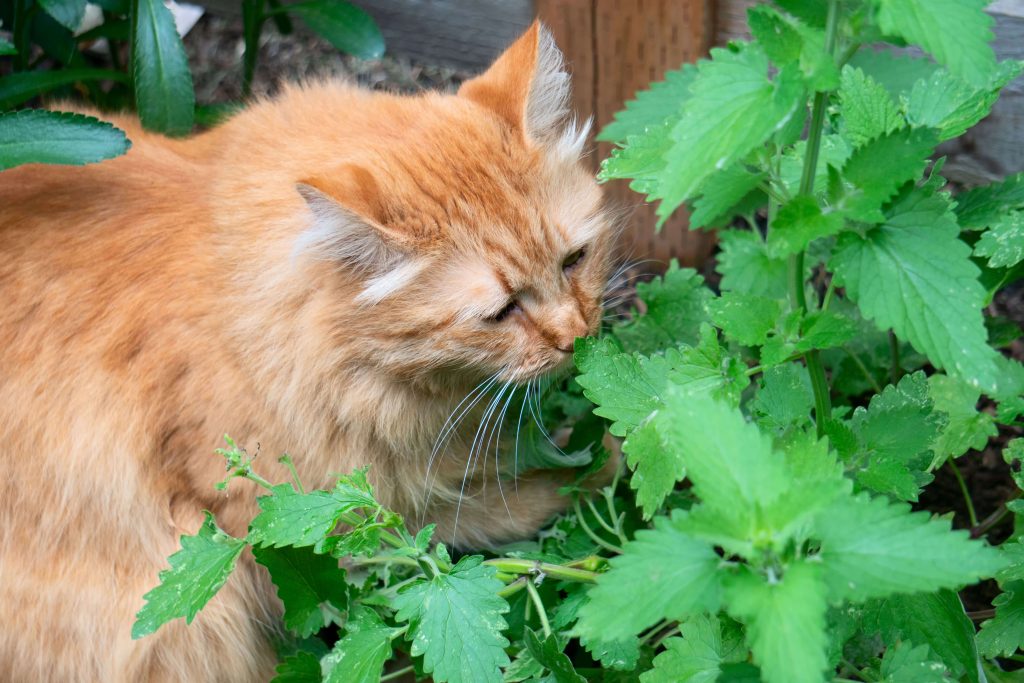
Our velvet noses find “real catnip” particularly attractive.
Growing catnip
You don’t necessarily have to buy catnip. You can also plant it in your own garden or at home and cultivate it for home use. Use already germinated shoots in a pot or grow your own plants with fresh catnip seeds. Choose a place for the young plants where they will find the right soil and get enough sun. Even if you grow them in the garden, you should water them regularly.
Where to plant catnip
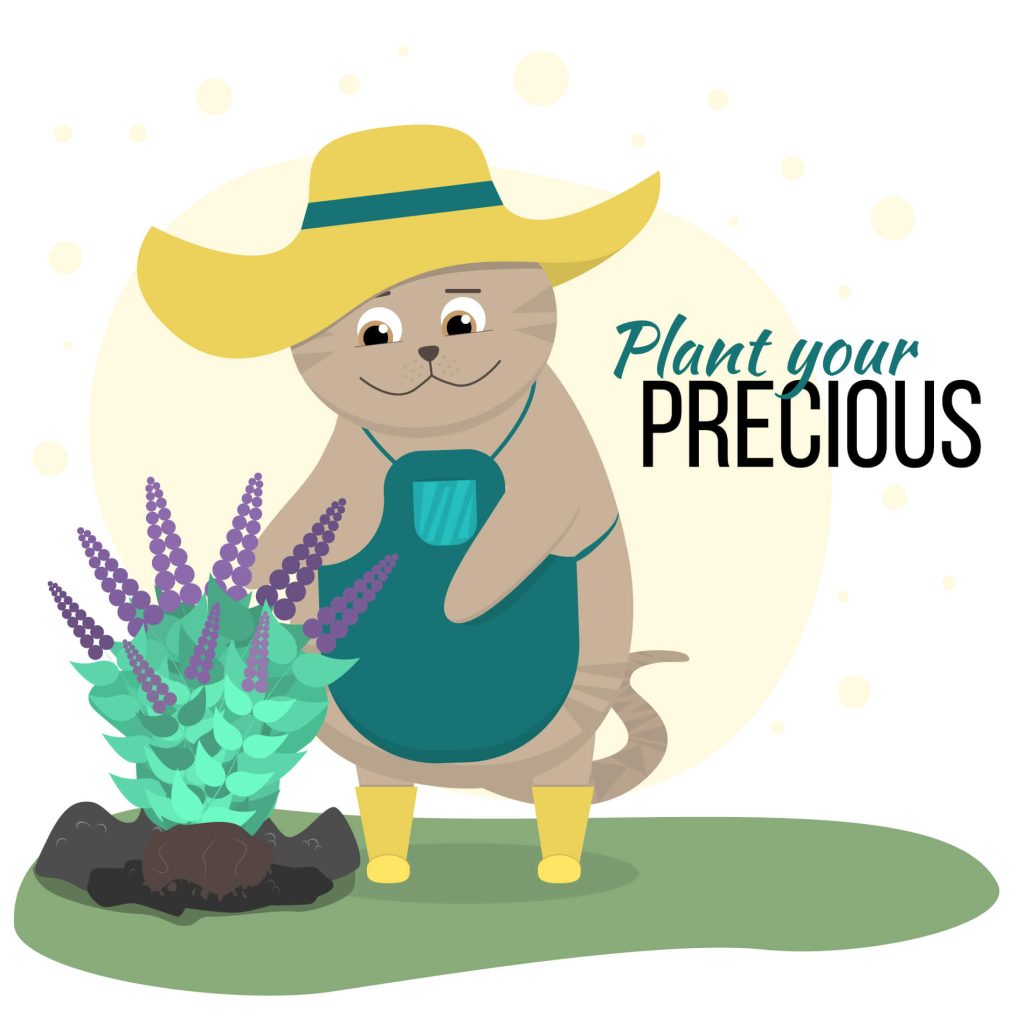
What is the right location for your catnip? Like most plants, it prefers loose soil that is rich in nutrients. If you want to plant it in a container in your home or on the balcony, it should have organic soil with organic slow-release fertiliser and a light-flooded spot. You should avoid over-watering at all costs. Then it will thrive!
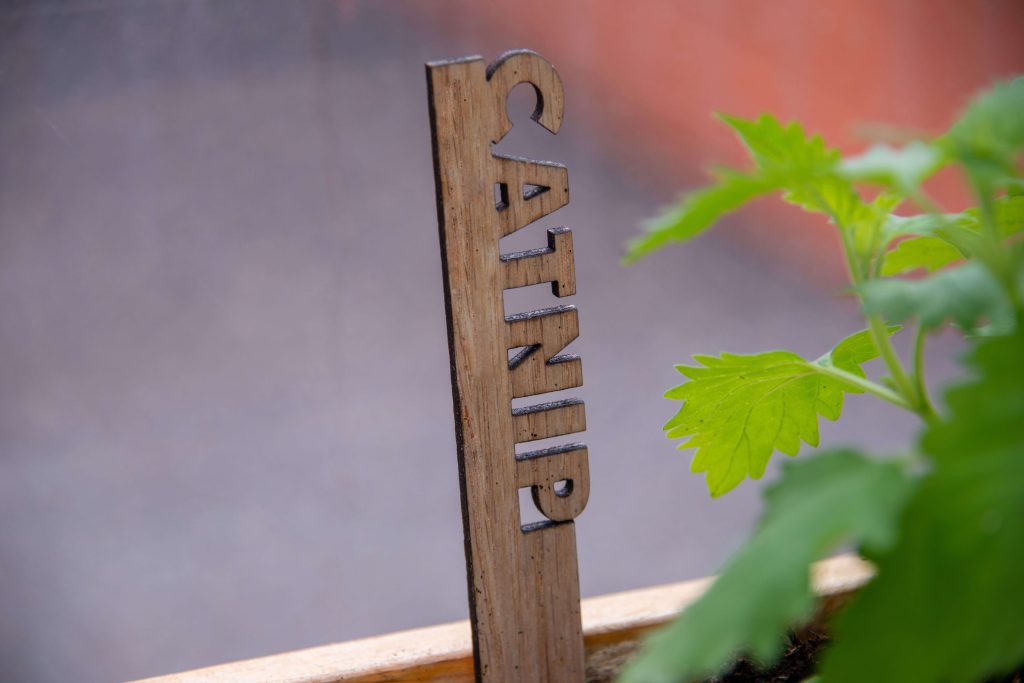
How to cut catnip
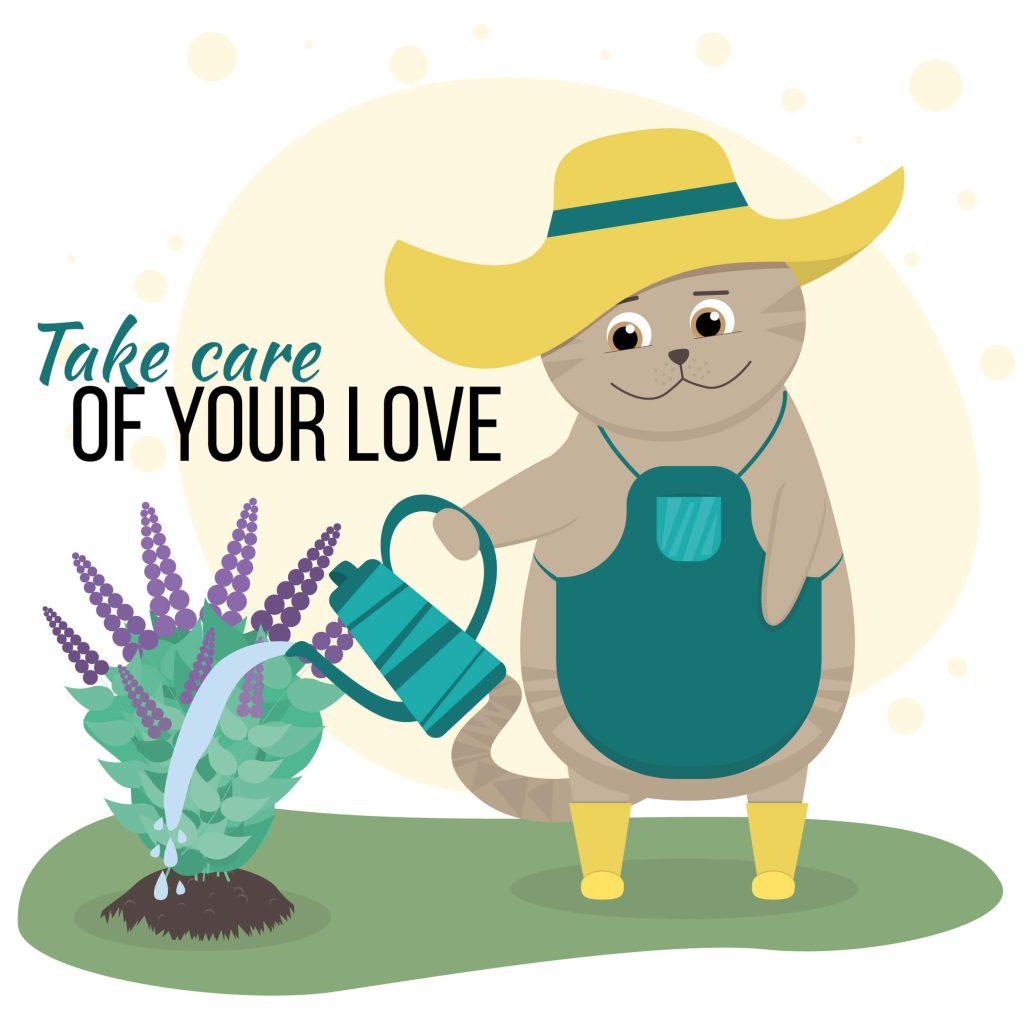
In addition to regular watering and fertilising, your catnip also needs trimming in spring or summer. That is when it should be trimmed back. Pruning herbaceous perennials at different times of the year depends on what you want to achieve. But this is how you should prune your catnip.
- take a sharp pair of garden shears
- cut back the flowers or shrub shoots to just above the ground
- then add some more organic slow-release fertiliser.
Source: „Katzenminze im Sommer schneiden“, [YouTube-Video.], Verband Wohneigentum NRW vom 11.07.2019 Katzenminze im Sommer schneiden – YouTube , accessed on 21.01.2022
How to propagate catnip
Want to increase your catnip production? You can simply plant the small seeds that the catnip itself produces. Or you can divide it every few years, when it has grown large and lush. Take a spade and divide the entire plant in half, including the root ball, and then plant the two halves in the soil. You can also propagate its cuttings. To do this, cut off a shoot, remove the leaves, let it take root and then plant it in soil.
